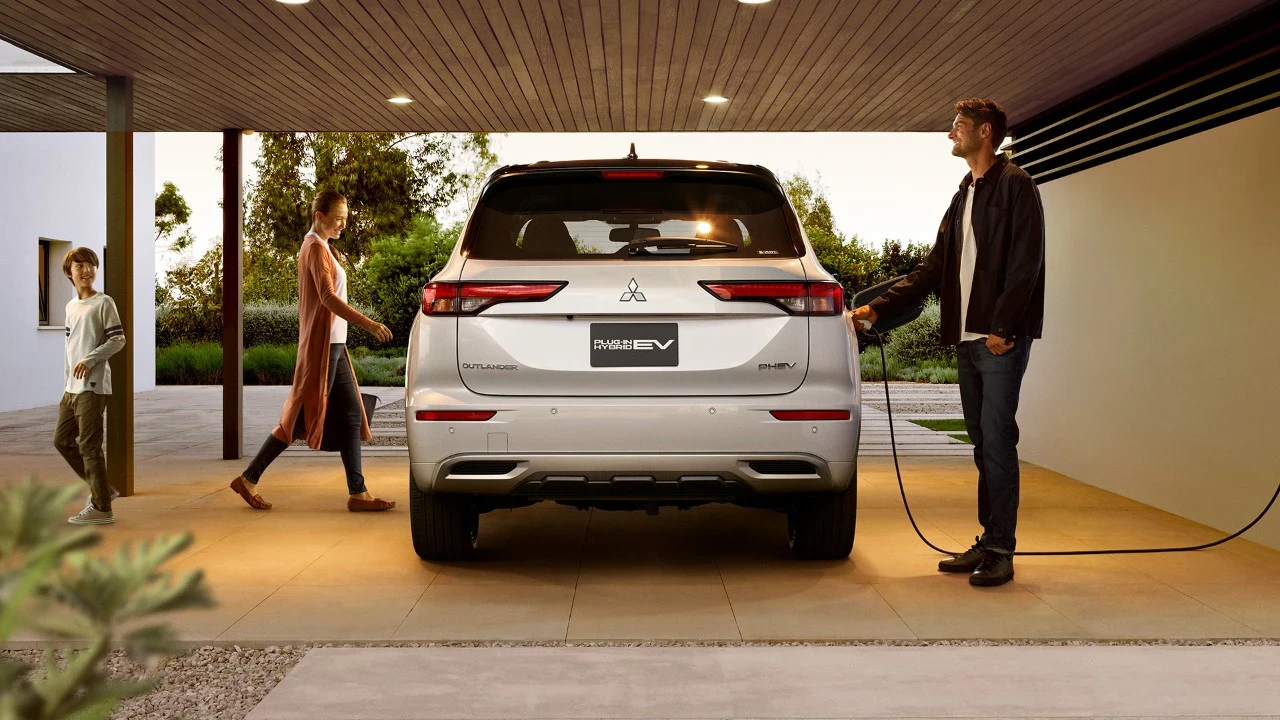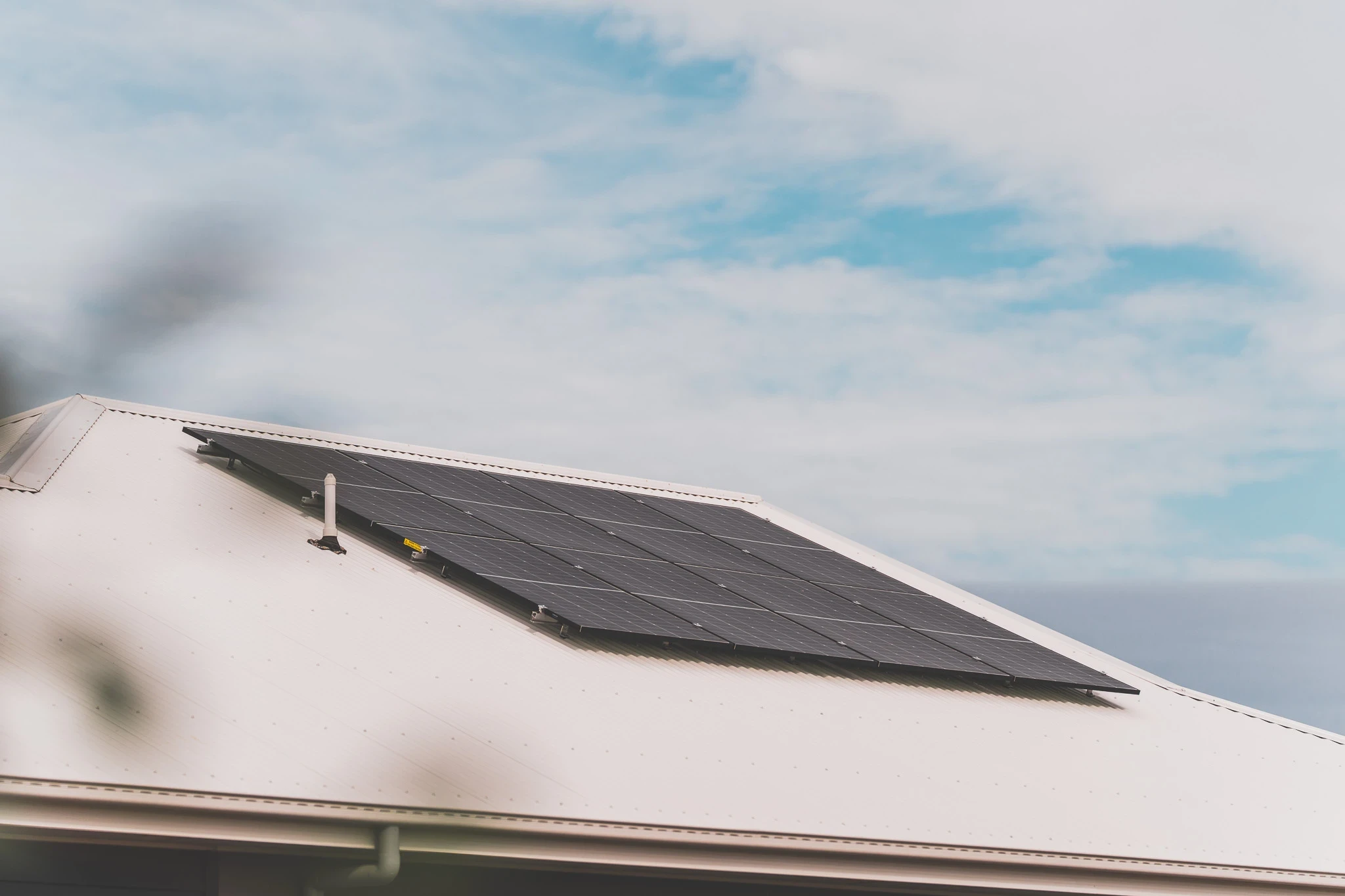Sungrow vs. Tesla Powerwall 3 Battery: Which is Better?⚡NSW
Posted 9 Feb
Posted 9 Feb
Over the last 5 years, energy storage has found its way into more and more homes and businesses, with popular manufacturers like Tesla and Sungrow entering the race. Whilst there are other solid home solar battery options, we believe that both Sungrow and Tesla offer great features for properties looking to store excess solar energy.
Let’s compare Sungrow and Tesla batteries and see how they differ.
|
|
Tesla Powerwall 3 |
Sungrow SBH Battery |
| Country of Manufacture |
USA |
China |
| Release Date |
August 16, 2024 |
June, 2024 |
| Battery Type |
LiFePO4 (Lithium-Iron Phosphate) |
LiFePO4 (Lithium-Iron Phosphate) |
| Usable Capacity (per unit) |
13.5 kWh |
20-40 kWh |
| Modularity |
- |
4-8 Stackable Modules per unit |
| Scalability |
Up to 4 Powerwall 3 units (54 kWh) |
Up to 4 units in parallel (160 kWh) |
| Warranty |
10 Years |
10 Years |
| Design |
Slim, heat and weather resistance, flood resistance up to 60cm |
Practical modularity |
| IP Rating |
Enclosure – IP55 Battery & Electronic Ingress – IP67 Wiring Compartment – IP55 |
IP55 |
| Unique features |
Built-in solar inverter supporting 3 MPPTs, up to 20 kW |
Fully integrated to Sungrow’s external inverter series |
| Mounting Options |
Wall or floor mounting |
Floor only mounting |
| Power Output |
Up to 11.04 kW |
Up to 28.16 kW (inverter dependent) |
| Designed for |
High-performance and all-in-one solar battery and inverter solution. |
Affordability and flexibility in capacity upgrades. |
| Datasheet |
Residential Energy Storage
Both Tesla Powerwall 3 and the Sungrow SBH series offer great value. Depending on your energy requirements and budget, both Tesla and Sungrow batteries consist of useful features to better the way properties store and consume energy.
As of the time of this article, the cost difference between each system varies on different elements. Tesla Powerwall 3 + Tesla Backup Gateway starts from $13,600, and Sungrow’s SBH system starts from $14,390 for the 20kWh variant, plus site-specific costs and requirements.
These prices are before PDRS incentive discounts, and Sungrow pricing does not include any inverter changes that may be required.

Tesla Powerwall 3 is seen as the more premium option compared to other brands like Sungrow. The cost per kilowatt-hour reflects its USA-manufactured sleek and durable design, built-in inverter, and Tesla quality and reputation.
Tesla Powerwall 3 has a built-in solar inverter, designed to be a fully integrated solar and battery system.
The SBH series from Sungrow is designed for a more cost-effective storage solution for your excess solar energy. Starting from 20kWh, the SBH can easily be upgraded with the ability to add 5kWh battery modules.
Sungrow is considered to be ‘bang for buck’ option with a lower cost per kWh, and more available and flexible options.

With an average solar system size of 9 kW, Australia’s solar generation is continuing to increase as time continues, which means that current and next generation batteries will need to meet the excess storage requirements.
A 9kW solar system produces around 35 kWh per day, which could be distributed to power daytime appliances and general consumption, stored into the battery, and excess sold back into the grid. As each household has unique consumption and generation, there is not an ‘ideal’ battery size for all.
Tesla Powerwall 3 offers a well-balanced option of 13.5 kWh of energy capacity, chosen to optimally meet the energy requirements of most homes across Australia. Like Tesla Powerwall 2, Powerwall 3 has the ability to be stacked, but up to 4 units with a capacity of 54 kWh. (Expansion packs are yet to be announced in Australia).
On the other hand, Sungrow’s closest capacity to Tesla Powerwall is 20 kWh. This can be upgraded by 5 kWh module increments up to 40 kWh per stack, offering flexible capacity options for a range of homes and businesses.
Explore the NSW Battery PDRS Incentive price reductions on popular batteries like Tesla Powerwall 2 &
3, Sungrow SBR & SBH, and BYD Battery-Box storage. The Peak Demand Reduction Scheme is available for both homes and businesses
wanting to invest in solar battery storage throughout New South Wales, providing up to $4000 off your battery!
As installers of both Tesla Powerwall and Sungrow, we can confidently say that both systems are very reliable. We’ve been installing both systems since their similar release dates mid last year, and we have had no issues installing either system.
Both Tesla and Sungrow offer 10-year warranties on their battery units, helping potential customers feel comfort in being covered for that much time.
Thanks to the PDRS battery incentive in NSW where residents can get discounts on their first battery, Sungrow has joined Tesla in covering at least 70% capacity retention after the 10-year mark to be eligible for the scheme.
Whilst Sungrow (beginning in 1997) has been around longer than Tesla (beginning in 2003), Tesla has definitely better established themselves as global leaders in the energy storage and electric vehicle industries.
Whilst both Tesla and Sungrow have strong product reputations, Sungrow currently has limited brand recognition compared to Tesla globally.
Sungrow SBH and Tesla Powerwall 3 are both Lithium Iron Phosphate (LFP or LiFePO) battery types, which means they are much safer than lithium-ion batteries and are also cobalt-free.
As a result of lots of testing and adhering to Australian standards, both Tesla Powerwall 3 and Sungrow SBH have excellent track records for safety and are very low risk
One additional feature that we thought to outline was the 100% off-grid capability. Some homes can’t access grid electricity and need to rely on only solar, battery, and possibly a generator.
Both the Sungrow SBR and SBH series can be integrated with an off-grid system as the primary backup storage system for solar.
Whilst Tesla Powerwall 3 can technically be used in an off-grid setup, Tesla do not support this and will void your warranty. Tesla Powerwall 3 is designed to be a grid-connected battery system.
Both Tesla Powerwall 3 and Sungrow SBH can be connected to a three-phase property, however only Sungrow can support all three-phases when paired with a three-phase compatible inverter, supporting more than 25 kW of power output.
Either unit has the ability to be AC or DC-coupled for ultimate installation flexibility to new and existing solar systems. This will really only apply to larger homes that need a higher power output over all three-phases.
With the same coverage of 10-year warranties covering at least 70% battery capacity retention at the 10-year mark, both Tesla Powerwall 3 and Sungrow SBH are well-covered.
There are many reasons on why you’d choose Tesla Powerwall 3, from its built-in inverter to its well-sized capacity, sleek and minimal design, and strong reputation.
We really like Tesla as they offer a genuinely reliable storage solution for homes and businesses that want to take advantage of excess solar. We’ve been installing Tesla Powerwall for years, and it’s definitely up there on the list of most recommended batteries for properties across the Newcastle and Hunter region.
Joining our recommendations list is the Sungrow SBH series battery that offers great value for flexible and modular-focused storage.
With various capacities and the ability for future upgrades that are more budget-friendly, there are options for a range of Australian properties with different energy requirements and budgets.

Like both Tesla’s and Sungrow’s last generation of batteries, Tesla Powerwall 2 and the Sungrow SBR series, we really recommend both systems as they both serve their designed purpose and offer useful features that properties across NSW can take advantage of.
If you’re looking into getting one of these for your home or business and don’t know which one to get, our team offer obligation-free consultation and quoting to help you find the optimal solution for your requirements.

Should solar owners get a home battery (ESS) or wait for vehicle-to-home (V2H) technology to use electric vehicle battery power to be available in Australia?

Discover available rooftop solar PV rebates, loans, and incentives in Newcastle, Maitland, and the Hunter, NSW and explore eligibility and how to apply.
Leave a Comment